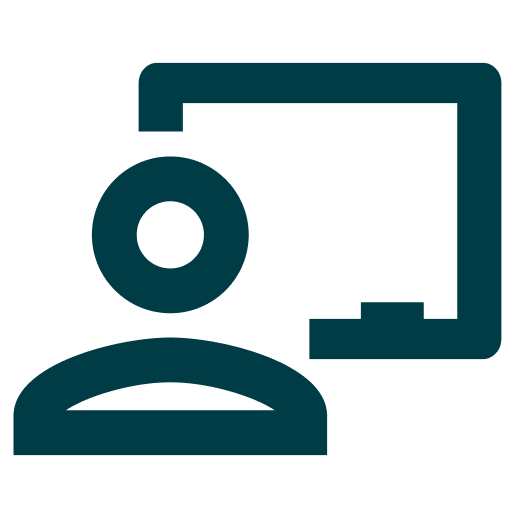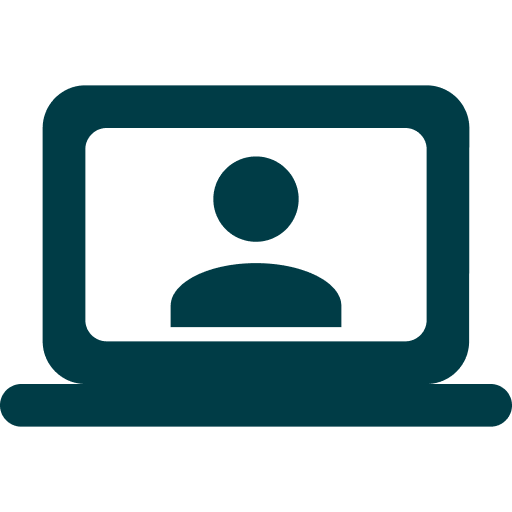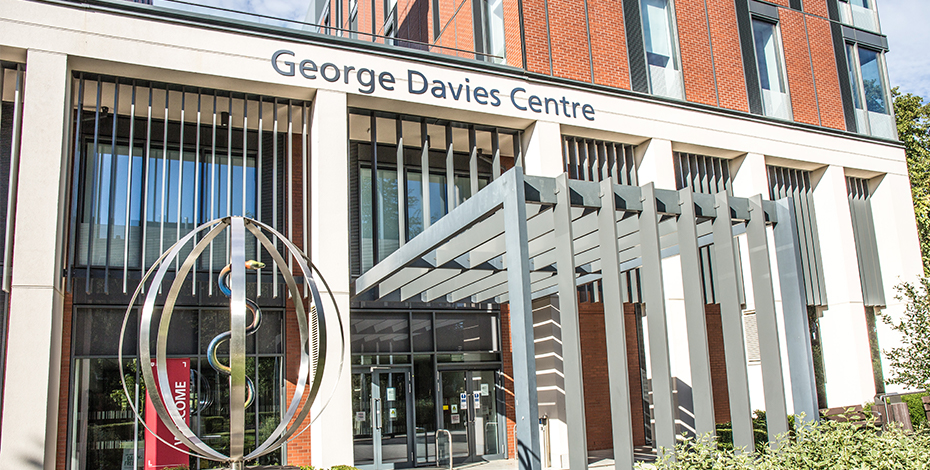Background
The University of Leicester, founded in 1921, is a combination of traditional and modern. From this beautiful British campus, just south of the city center, more than 20,000 students study, conduct research, and train every year. The University opened its medical school in 1975.
Leicester Medical School prides itself on its thoroughly clinically-integrated and bioscience teaching, state-of-the-art facilities, technology-enhanced learning, and close engagement with area hospitals. The school also places a high priority on sustainability and ethics in assessment and research.
In 2013, seeking to create a consistent and equitable experience for all students, Leicester Medical School decided to go to a 1:1 iPad per student system. With this provision, faculty knew students could be learning from anywhere, anytime. Faculty and students could interact quickly and easily. Content can also be rapidly revised and personalized. Essentially, with school-issued iPads, all of the resources students need are at their fingertips – including exams.
Problem
During this time, Leicester Medical School was growing significantly and facing some of the challenges that come with a larger student population. One of those issues was the use of paper exams. As the Medical School made the decision to switch to computer-based testing, it faced another challenge – booking computer labs for exams.
Solution
Being a technology-driven and environmentally-conscious school, the School sought an exam-taking solution that would allow the use of their 1:1 iPads. As a paperless, high-security test-taking system that works on iPads and therefore allows more flexibility in exams than having to book and configure many computer labs, ExamSoft addressed many of the School’s highest priorities. Leicester Medical School adopted ExamSoft in early 2014.
Shortly after adopting ExamSoft, Leicester brought on an accomplished expert to spearhead the new technology efforts. Terese Bird joined Leicester Medical School as an educational designer in 2014. While working at the Medical School, Terese completed her master’s degree, focusing her dissertation on the impact of educational technology. She specifically studied ExamSoft’s exam-taking application, Examplify, and discovered that students performed better and achieved higher levels of learning according to Bloom’s Taxonomy when formative quizzes were delivered through Examplify.
Terese shared her research results, which encouraged all teachers of Year 1 and Year 2 to try ExamSoft for quizzes. Terese helped them to deploy Single-Best-Answer quizzes, with “rationales” displaying after students completed the quizzes – rationale explaining why the correct answer was correct and incorrect answers were incorrect. Some staff also shared short-essay quizzes. Students loved the rationale feedback and asked for more ExamSoft quizzes, which helped to encourage all teachers to start using ExamSoft more.
Initially, Leicester Medical School started out using ExamSoft strictly for formative quizzes. The quizzes became study material for the end-of-course summative exams. Students had been paying a lot of money for study guides and courses, but ultimately were able to transition to the ExamSoft-based materials their professors developed.
After a few years, almost all of Leicester’s Year 1 and 2 medical courses had adopted ExamSoft for weekly quizzes. Shortly thereafter, faculty began transitioning summative exams to ExamSoft. About four years after adopting ExamSoft, the School conducted its first summative exams on ExamSoft. Everyone was pleased with the ease of delivering the test, the security features like randomized question and answer sequencing, and, most of all, the quick and efficient grading.
Results
After implementing ExamSoft across Year 1 and 2 courses, Leicester started to see some meaningful benefits.
- Time, resource, and cost savings.
While some instructors still consider printed exams the gold standard, printing takes a lot of time, natural resources, and money, especially if color copies of anatomical depictions and the like are necessary. When Leicester Medical School initially switched to ExamSoft for summative assessments, the instructors printed the exams just in case — it was the first and last time for printing exams because it simply wasn’t required with the new system. Instructors also saved time by eliminating bubble sheets which were sent to centralized group for grading. The process was time consuming and a hassle. With ExamSoft, results are available immediately. The School estimates saving at least £4,500 yearly on paper and printing costs. Additionally, the School has saved considerable staff costs in time and hassle — the paper-based exam process included printing a test run, sharing with staff to check again, and then running the print job for summative exams.
- Higher quality tests.
Historically, in many higher education institutions, exam panels manually, statistically review exams to determine: Are any of these questions too easy? Too hard? Do we have to throw any of them out? Leicester Medical School is now able to review items individually and assess them using real performance data.
- Detailed student feedback.
For years, Leicester used the Strengths & Opportunities reports for formative exams. The reports gave students immediate and detailed feedback on areas of strength and specific areas to continue working on. After administering exams with students and faculty in their disparate locations, Leicester leveraged the Strengths & Opportunities reports to provide feedback, which was especially helpful to Year Five students who were completing their studies. Exam administrators were able to share how students did within each sub-category and within each domain of study without revealing the actual questions and answers. Given this positive experience, Leicester hopes to lean more heavily into these reports in the future.
The COVID-19 pandemic hit seven years into Leicester Medical School’s ExamSoft use. Having the majority of the student body up and running on ExamSoft made the transition smooth.
The School acted quickly to increase its ExamSoft license to cover final year students. Previously, only Year 1 and Year 2 students were using the platform. Leicester also extended its license beyond iPads so that students studying from home could use their personal computers. This way students weren’t faced with surprises during exam days — they’d already been using Examplify and knew what to expect. There were a few minor kinks to be worked out, chief among them making sure students had all programs up to date and knew how to turn off anti-virus software, but generally, the roll out to additional devices went very smoothly.
To secure remote exams, Leicester leveraged ExamSoft features including:
- Remote deletion. This allowed exam administrators to ensure the exam would no longer be accessible within a short window of time following exam administration.
- Randomized order. Every exam taker is receiving questions and answer options in randomized order to ensure no collusion on responses.
- Analyze data. Instructors had the option to review log data, which could help establish whether students colluded during the exam.
“When the pandemic hit, we sent all students home, and yet, we had to have exams. With ExamSoft, we knew we had a platform that we could trust.” – Terese Bird, Educational Designer, Leicester Medical School*
Going Forward
Leicester plans to use Examplify and administer face-to-face exams on campus in the Fall of 2020. It is a tremendous benefit to have a platform on the ready that students and faculty alike trust and know well.
Leicester aspires over the next academic year to expand its use of ExamSoft and are considering applying it to objective structured clinical exams (OSCEs). ExamSoft’s rubrics allow faculty to collect the same familiar assessment metrics during subjective assessments, but by digitizing it, faculty have a more efficient way to identify deficiencies, provide feedback to students, standardize expectations to make assessments more objective, and have a complete picture of clinical and classroom performance.
Finally, Leicester is also looking forward to a new partnership with China-based Chongqing Medical University (CQMU) where Leicester will share licensing and instruction in order to work directly with Chinese medical students and faculty.
Having goals for the future and constantly evaluating opportunities to improve the student experience and efficacy of instruction is what Leicester Medical School strives to do.
*ExamSoft provided no compensation for these statements, but this individual has previously received compensation for other work performed for ExamSoft.







